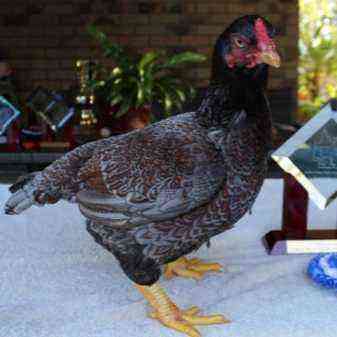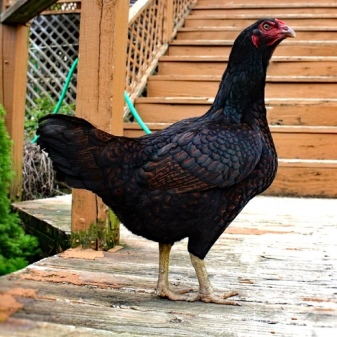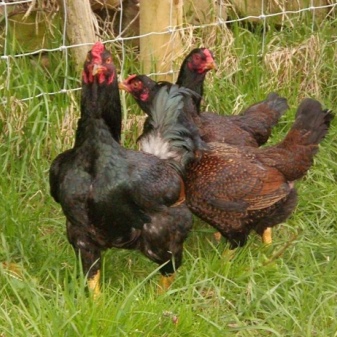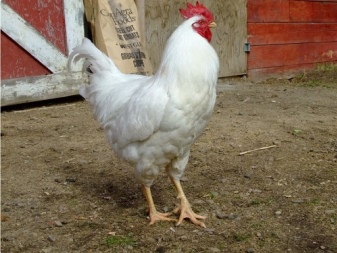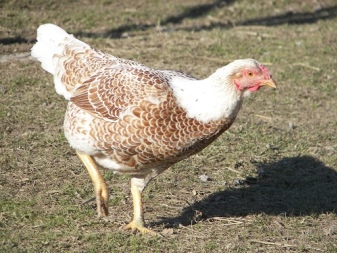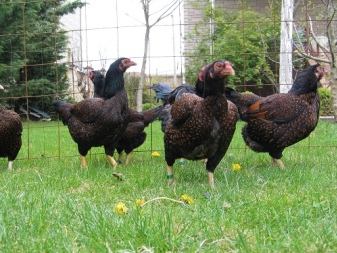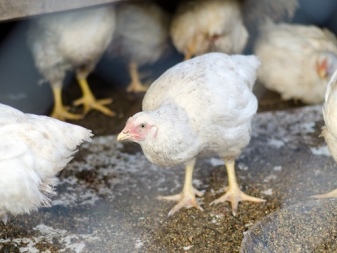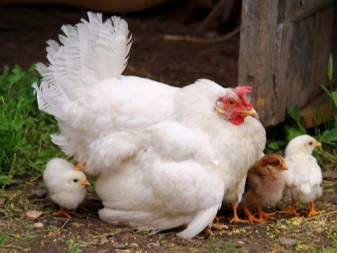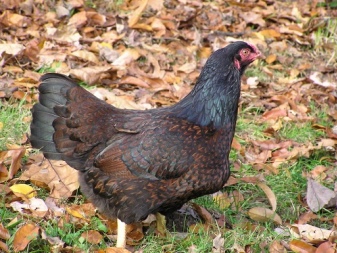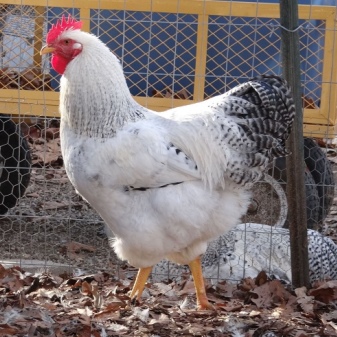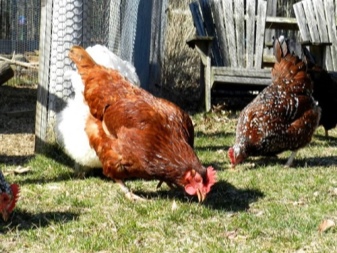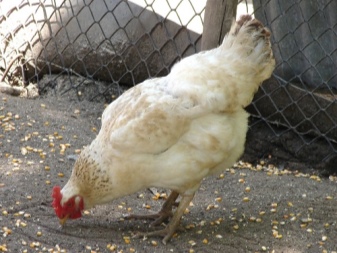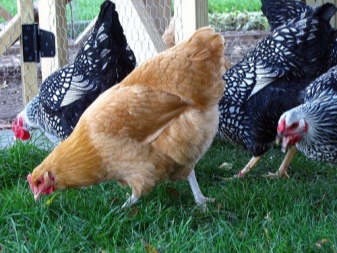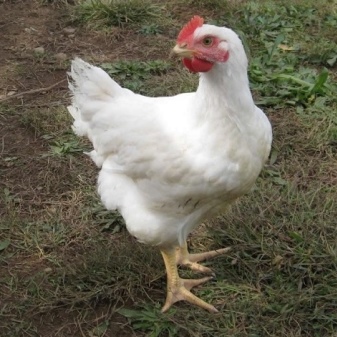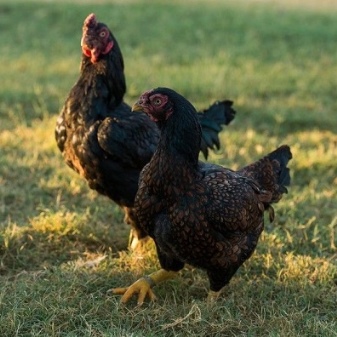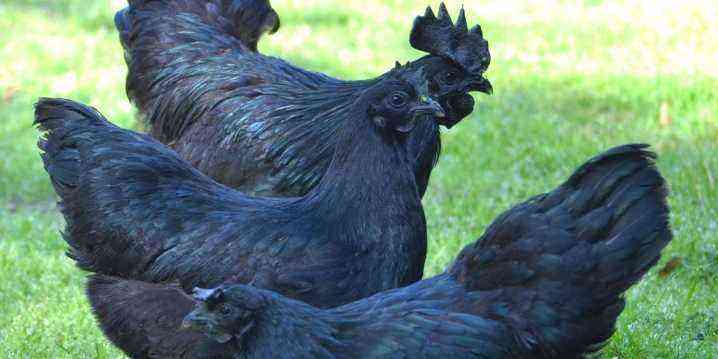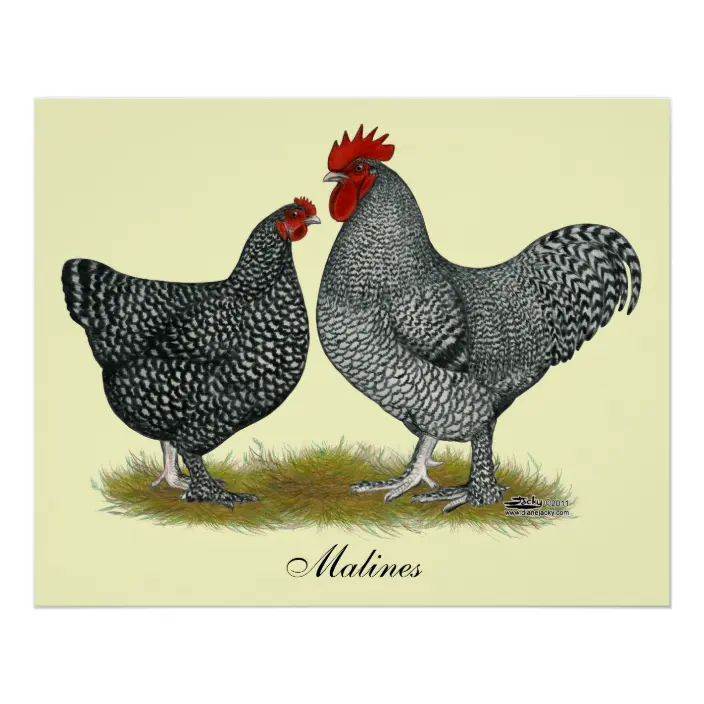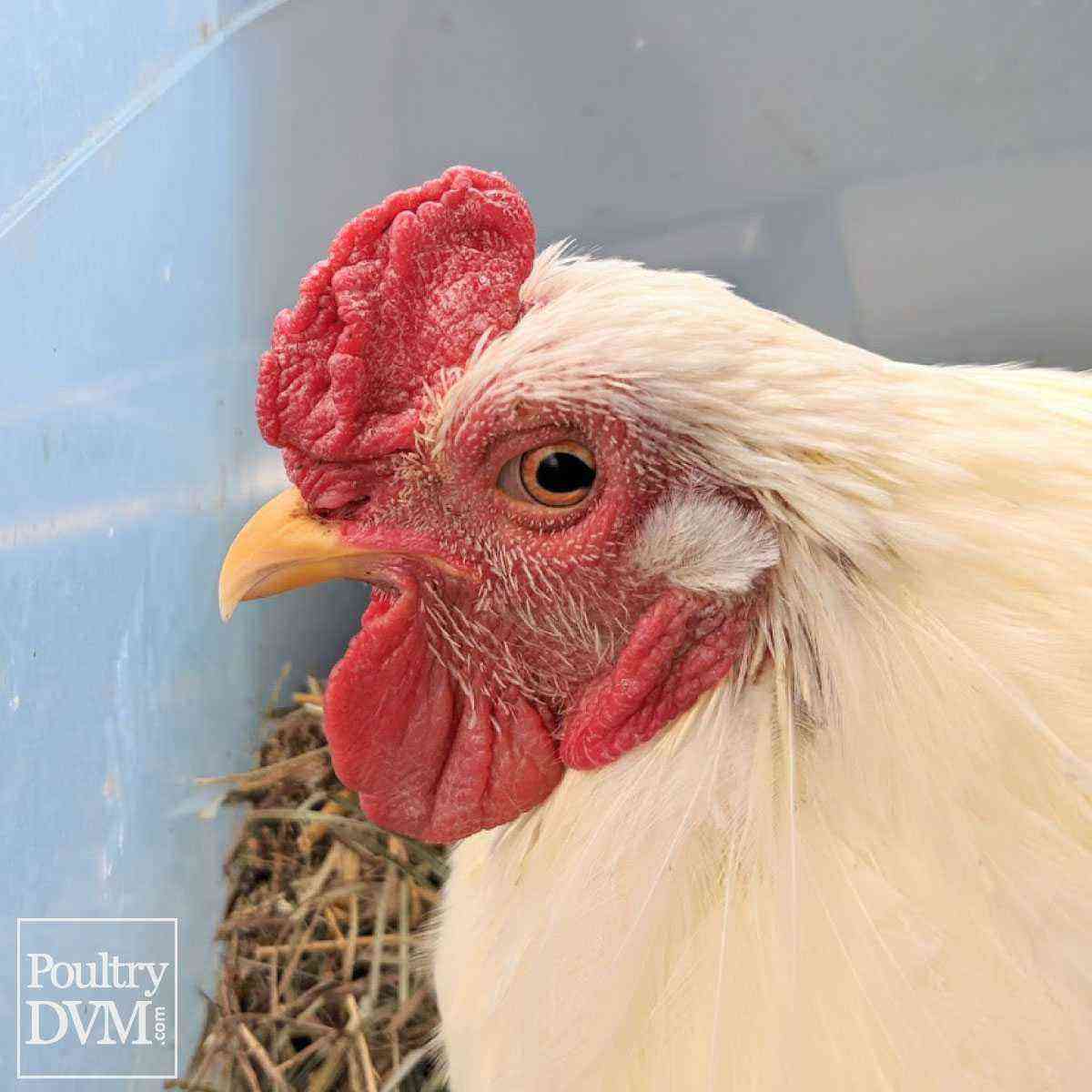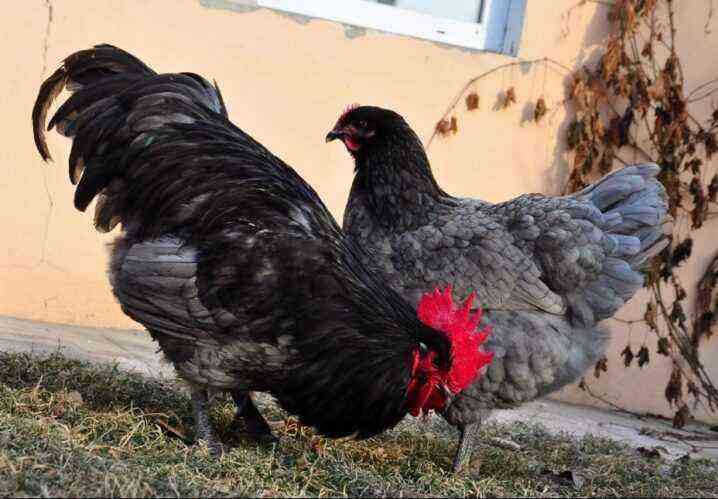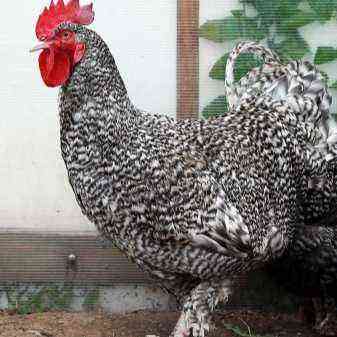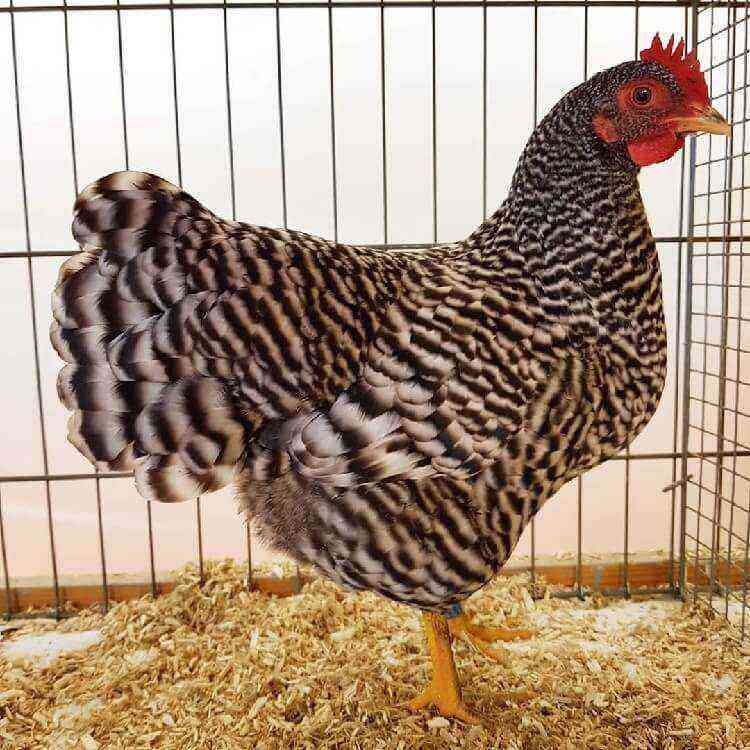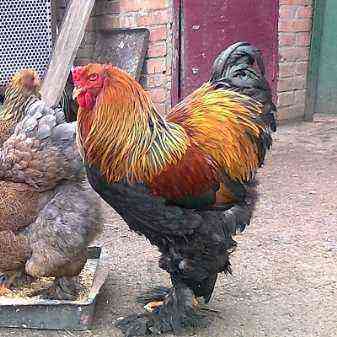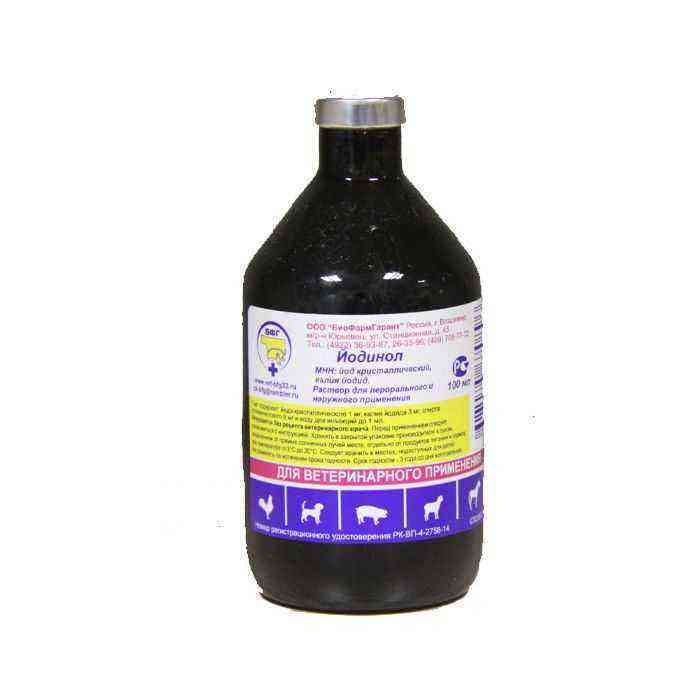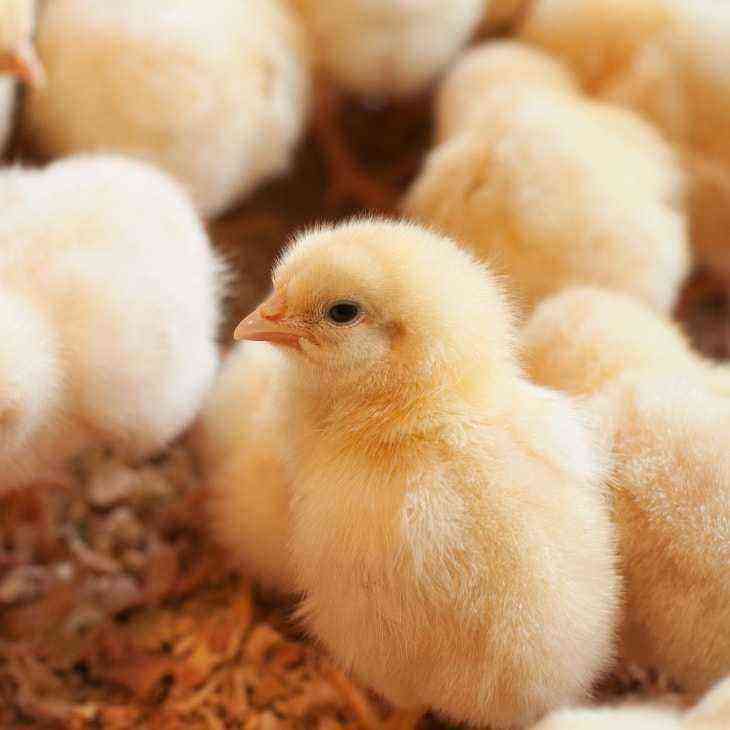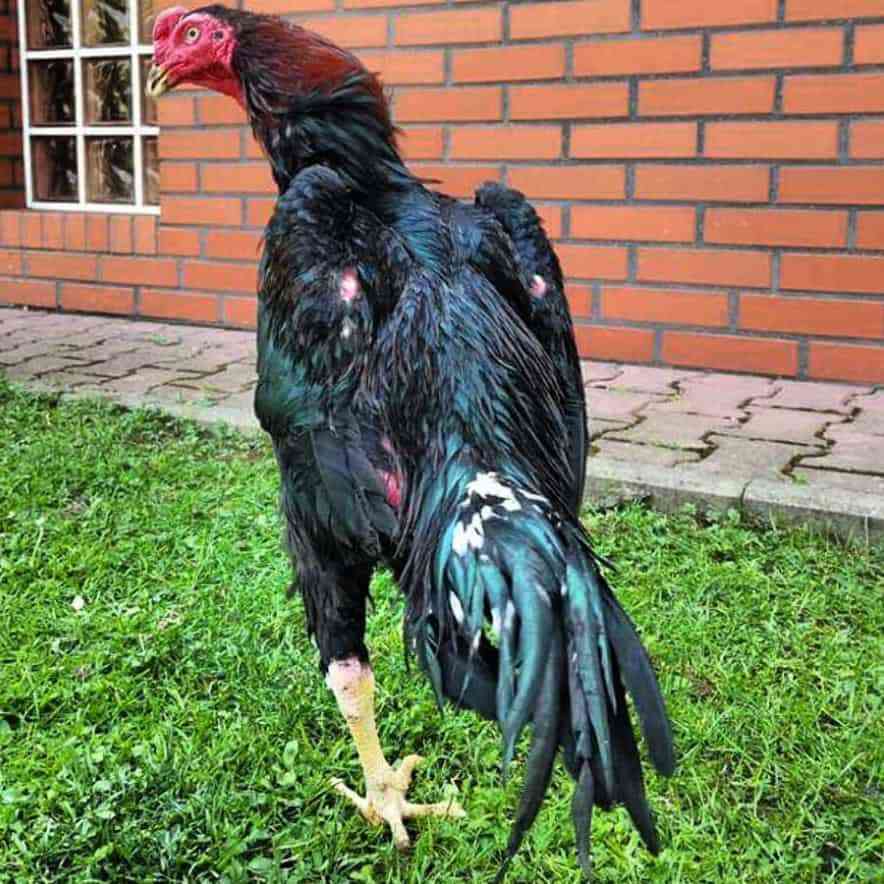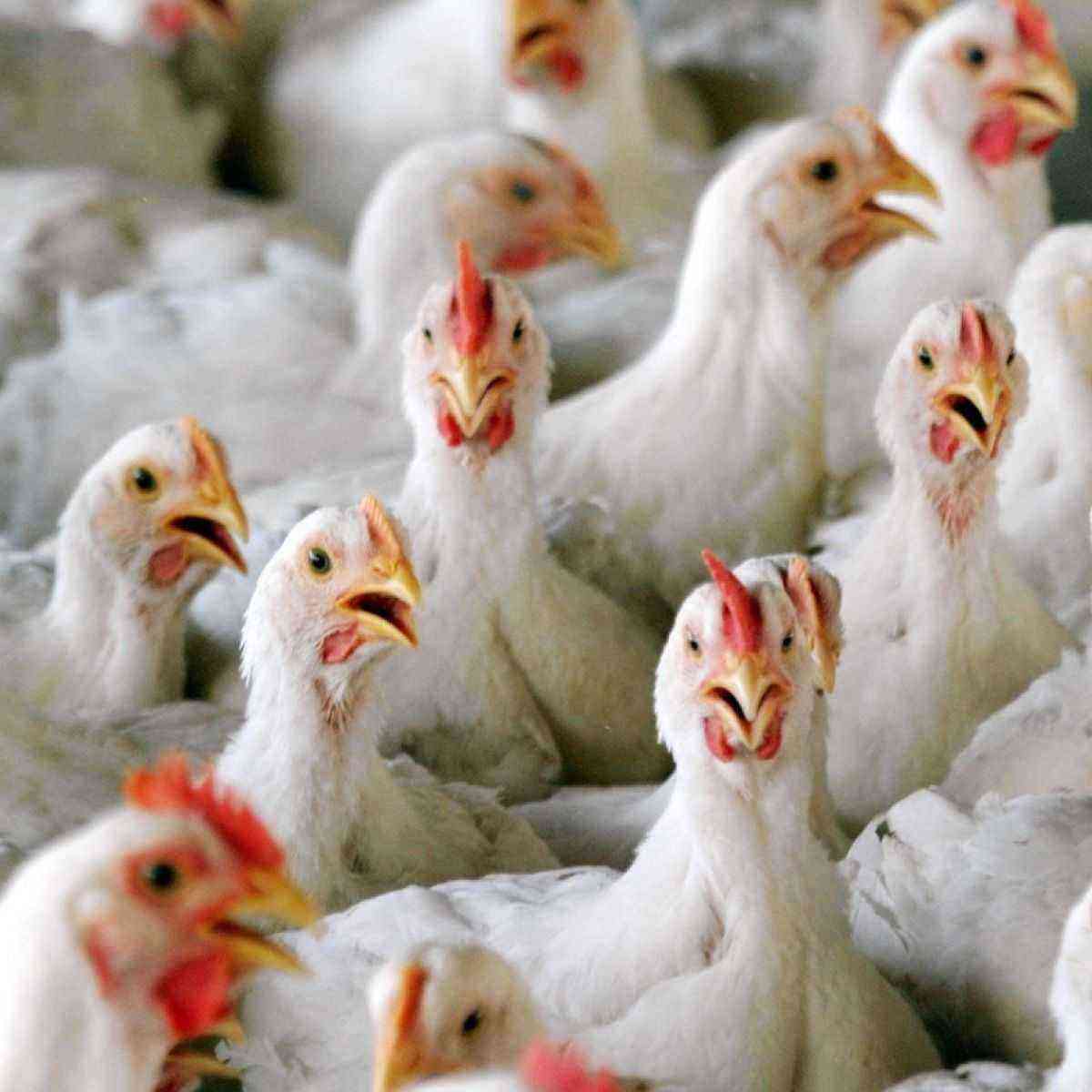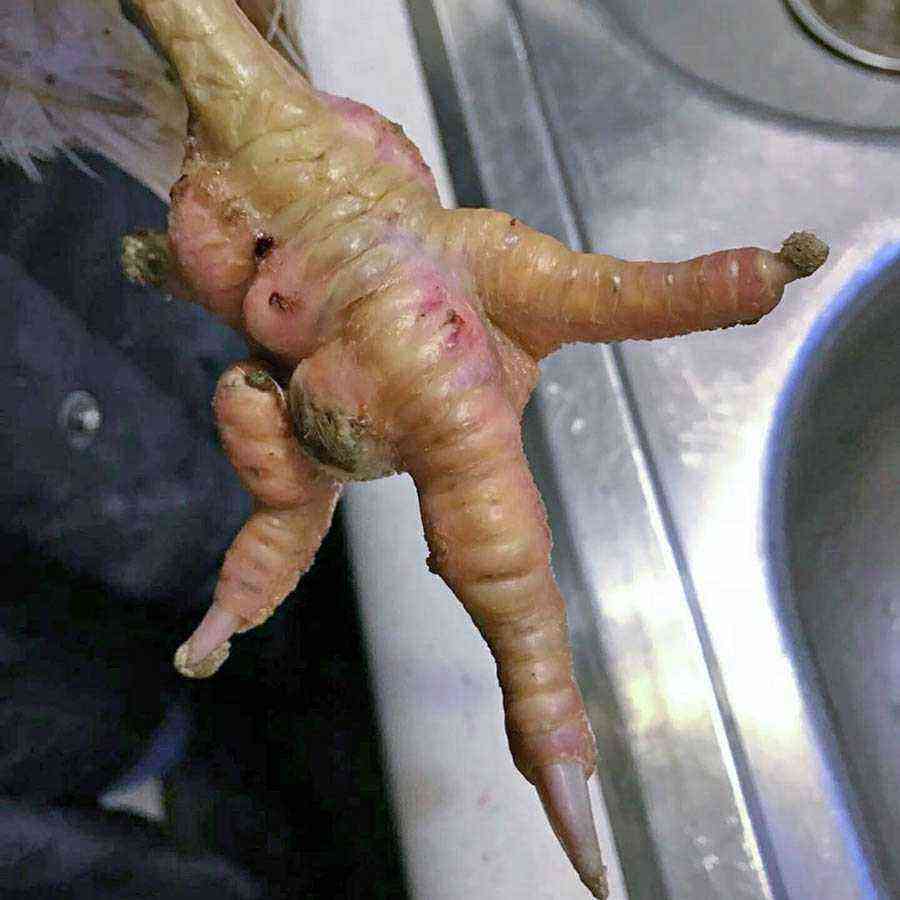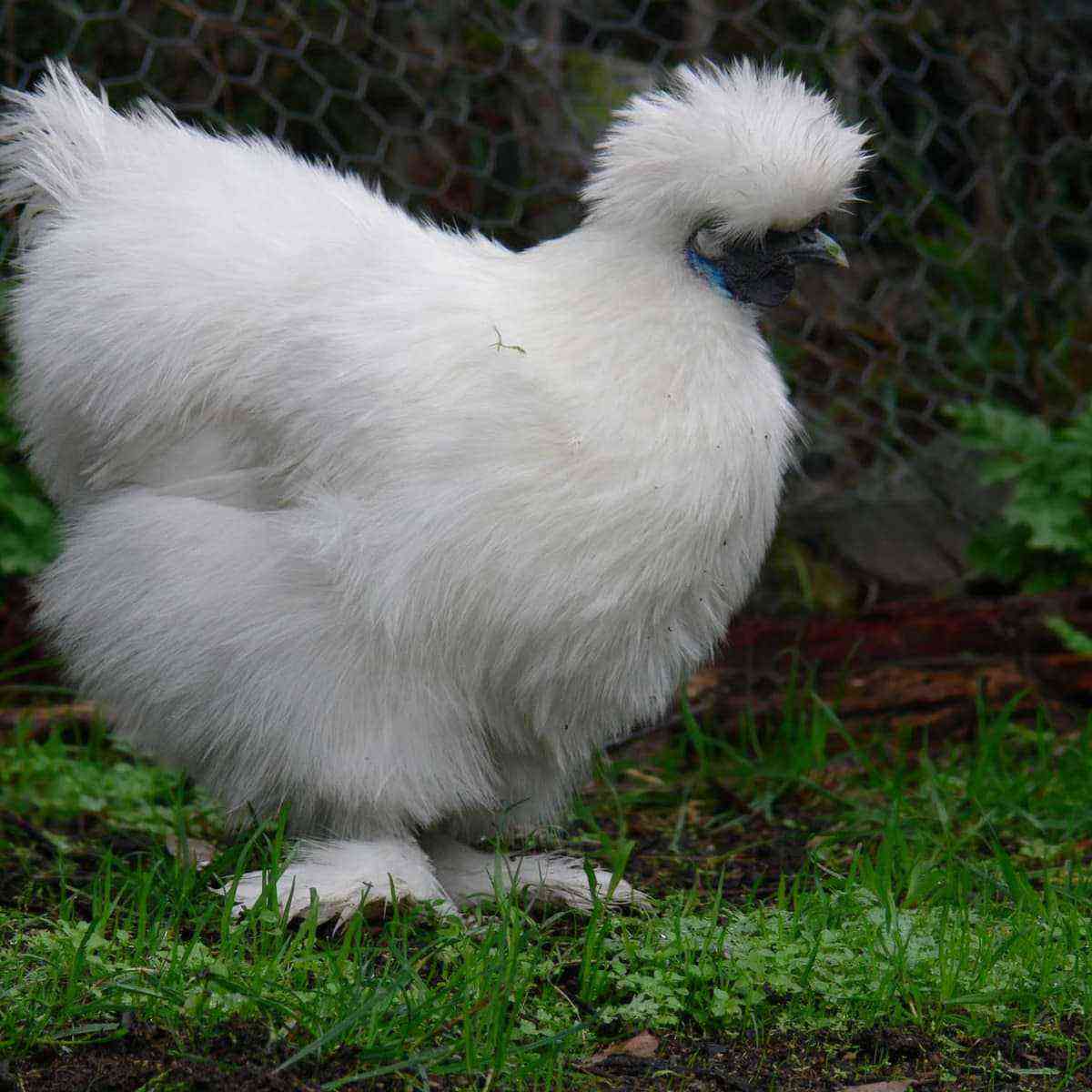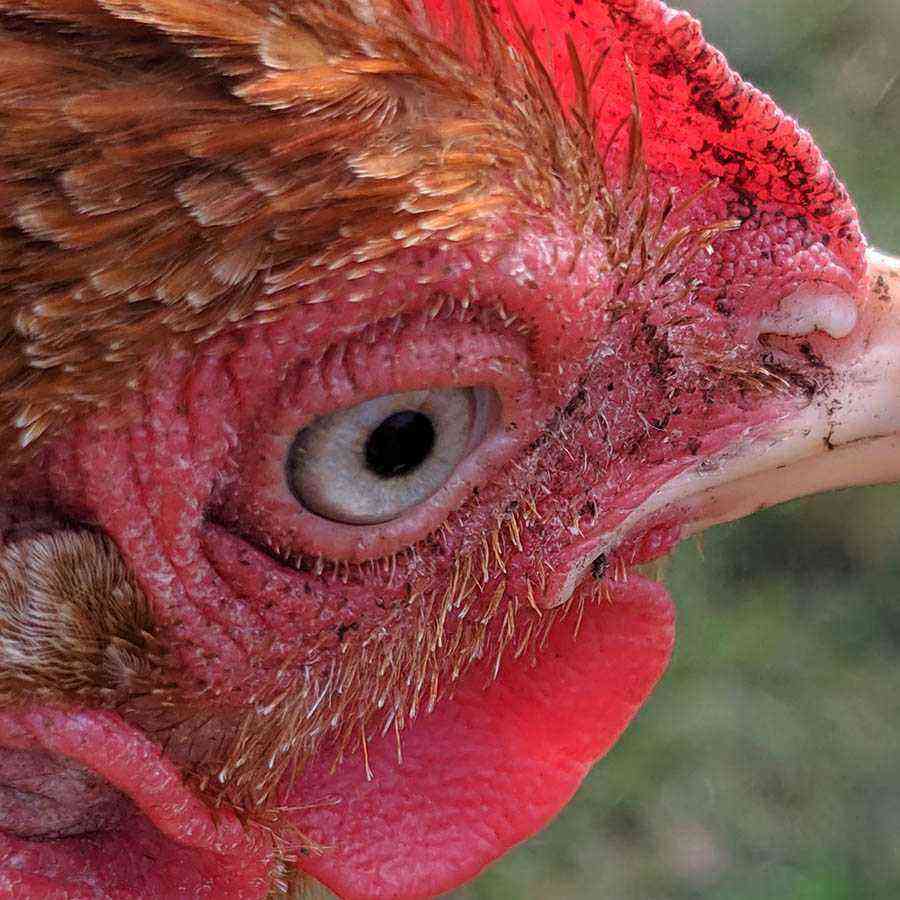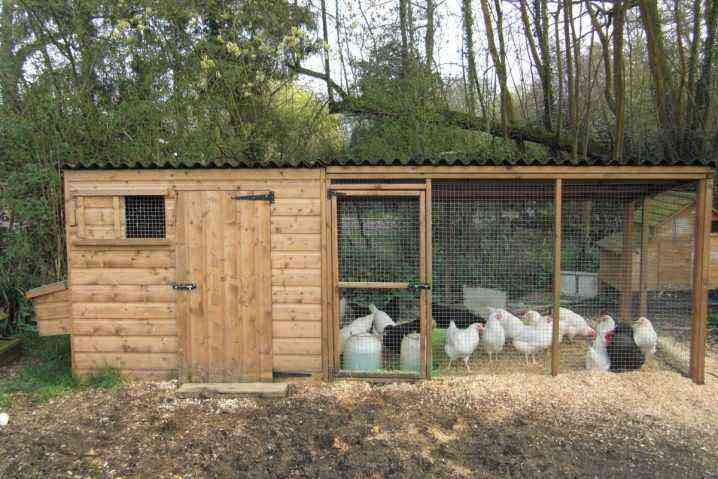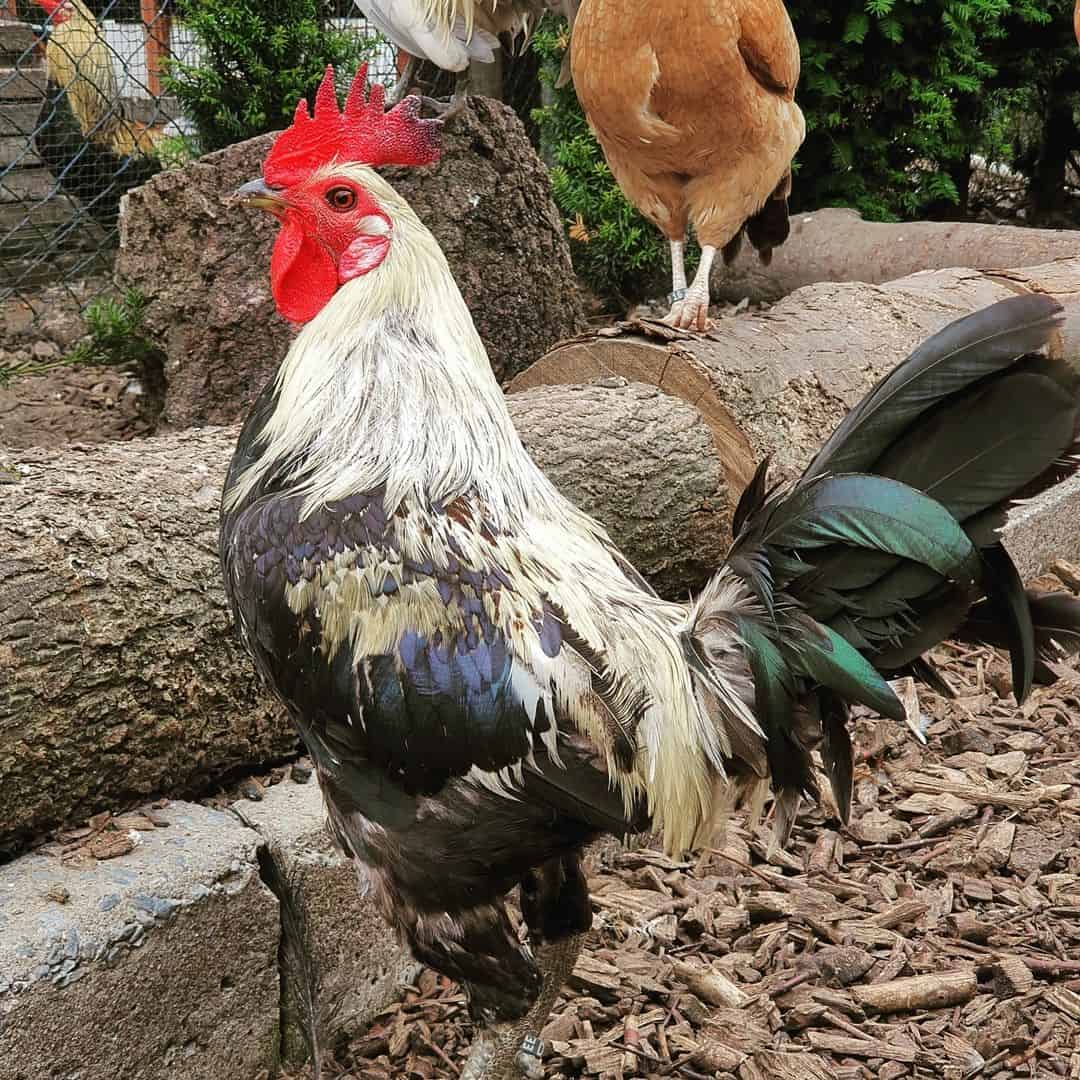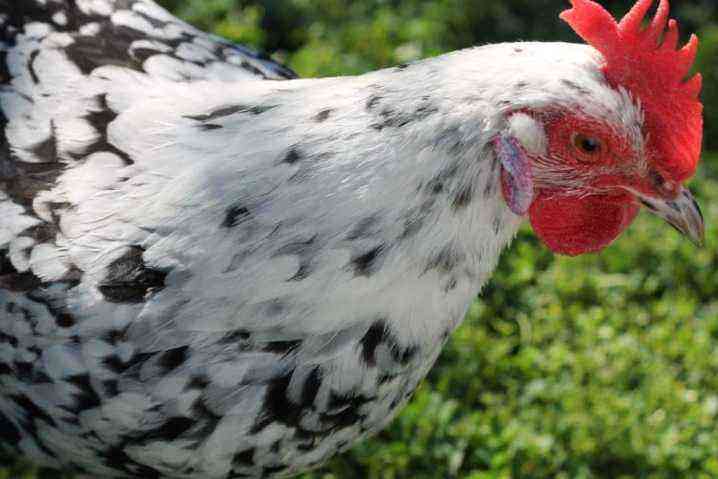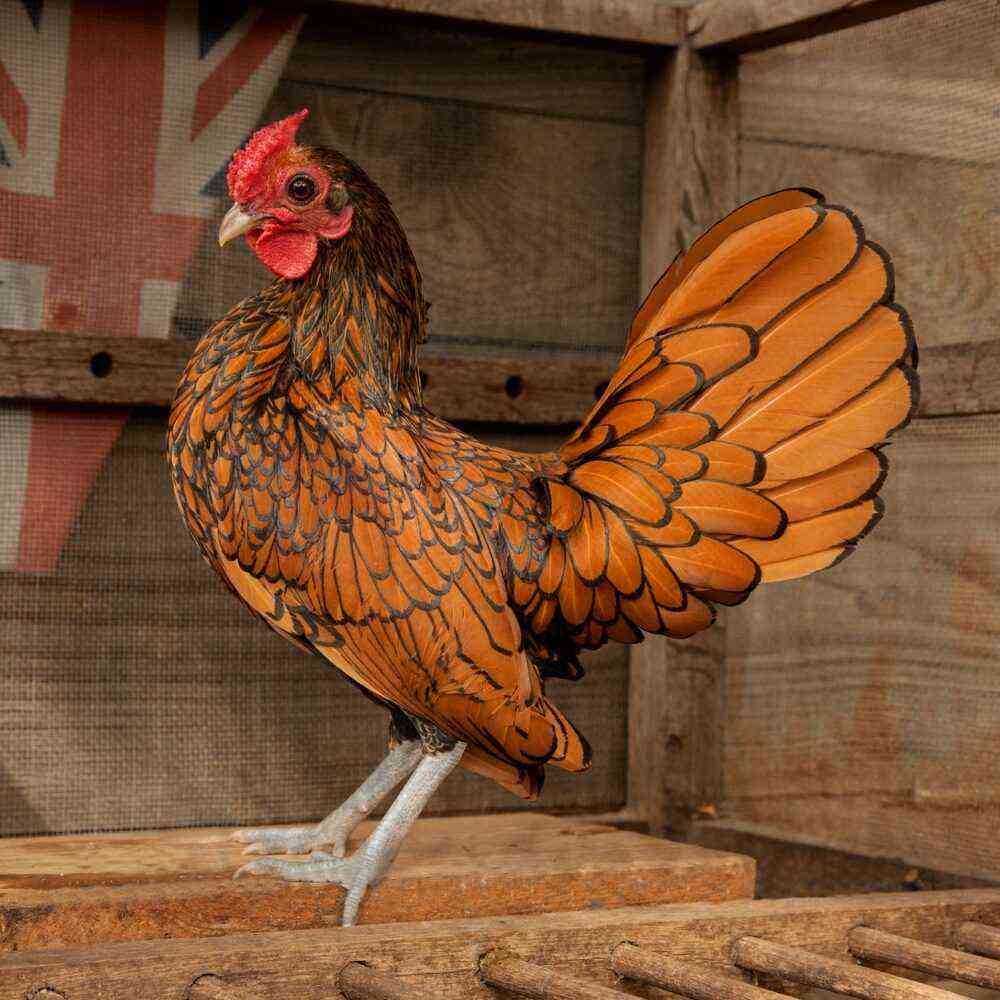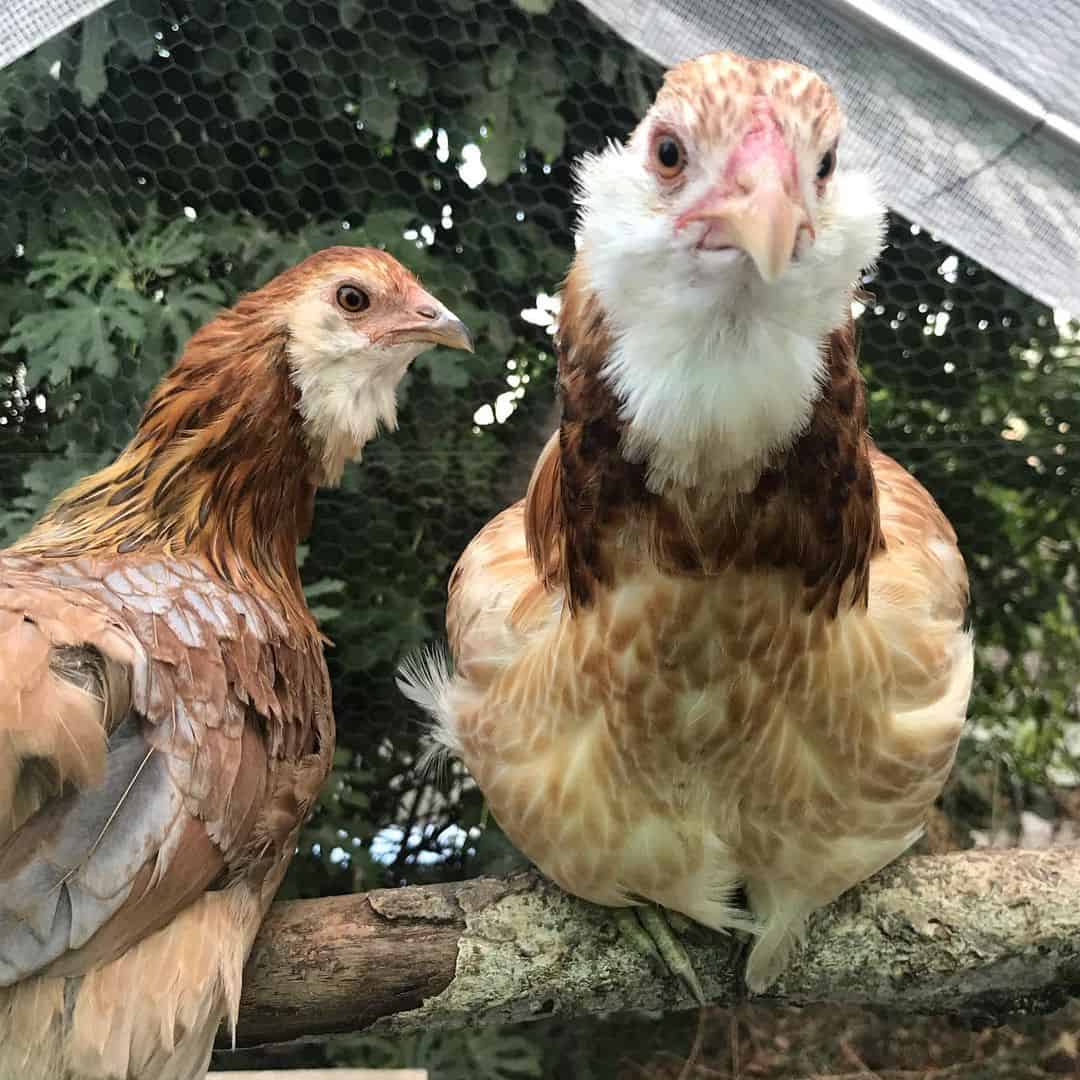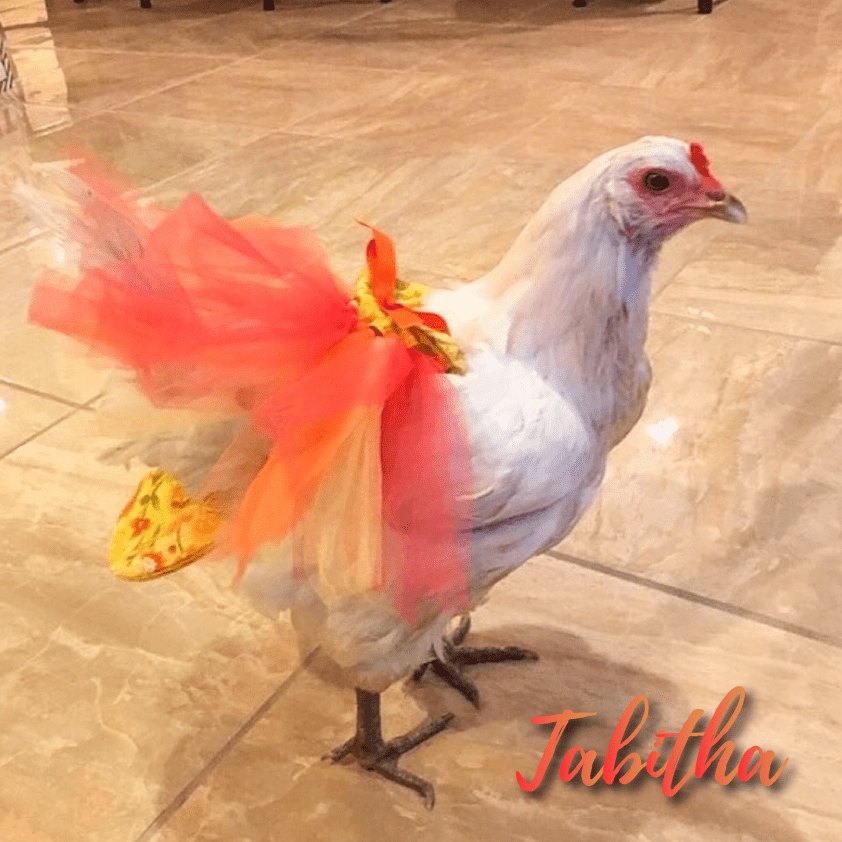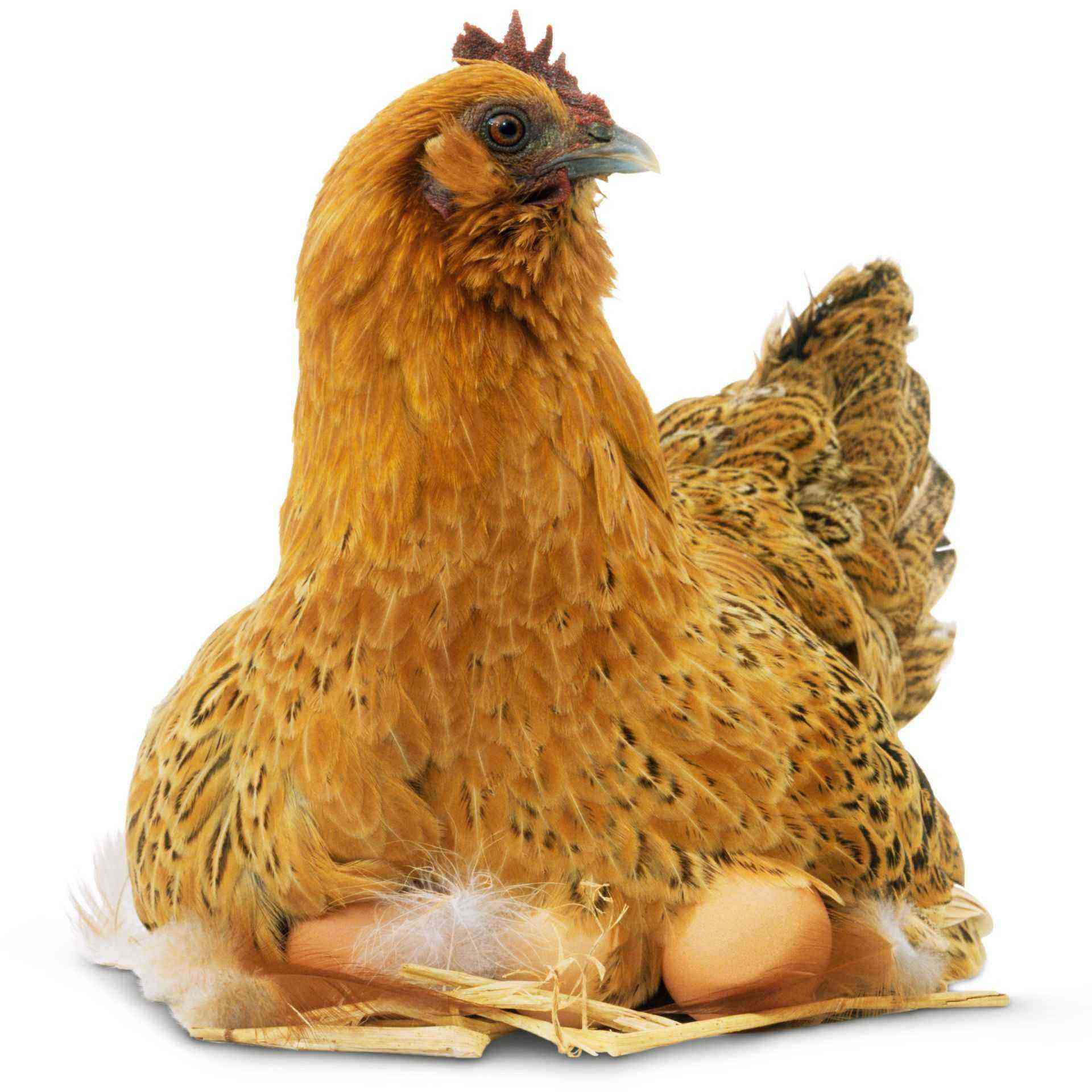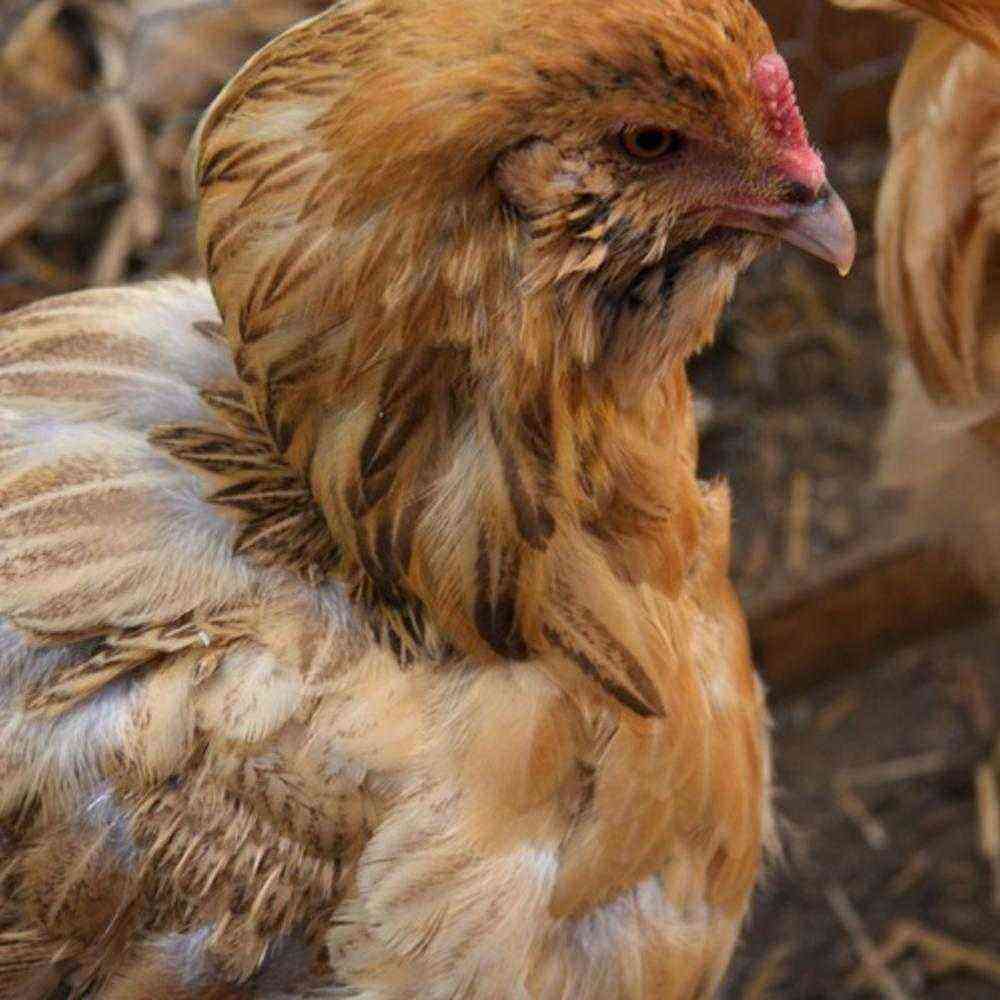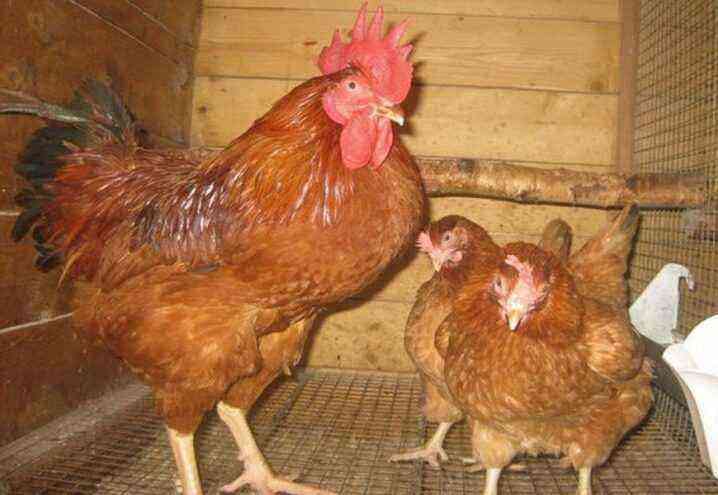Cornish chickens are a meat breed popular among farmers, which allows you to get high productivity without spending a lot of effort on growing and caring for poultry. Representatives of this species were bred by English breeders and are quite unpretentious in content. The description of the breed draws attention to the massiveness of the body and some other features of these broiler chickens.
Formed experimentally, through the crossing of several popular varieties of poultry, gherkins have been one of the leading places in popularity among European farmers for more than a century.. And in Russia, their livestock is gradually increasing, we can say that the breed is in demand and is fully adapted to life in the most severe climatic conditions.
What it is?
The meat of domestic laying hens does not have a very high taste value. That is why breeders are actively working to create a whole class of breeds focused exclusively on the production of a high-quality meat product. Cornish chickens, which appeared during a period of food shortages during the late XNUMXth and early XNUMXth centuries, quickly gained popularity. The broiler bird of this breed is characterized by precocity, easily and quickly gaining weight.
Wanting to know what gherkins are and how they are grown, modern farmers most often focus on the experience of many generations of British farmers. It was they who once began to breed broilers for the sole purpose of obtaining a large amount of meat. In just 1–3 months, chickens gain the mass necessary for slaughter, and the productivity they demonstrate exceeds that of adult chickens of other breeds.
Not surprisingly, the Cornish breed is now grown on hundreds of farms around the world and is considered one of the best meat producers.
History of origin
The breed of Cornish chickens appeared thanks to the enthusiasm of the British breeder Gilbert, who wanted to get a bird with excellent fighting qualities by crossing the Old English, Malay varieties and red Azil. But the resulting livestock was distinguished by an extremely peaceful character, but it showed a rapid increase in muscle mass. This factor became decisive in further breeding – the new hens were well received by farmers in the counties of Cornwall and Devonshire. By 1898, the breed was recognized as meeting the American quality standard.
In fact, the breed got its name from the designation of the area in which its breeding was started (Cornish – Cornish). In the future, the nickname by which the inhabitants of the county usually refer to themselves became the official name. A distinctive feature of the bird was the preservation of the meat qualities of the hybrid during further reproduction and crossing. Crosses based on gherkins were actively created back in the USSR, since 1959 on the territory of Belarus and Kazakhstan.
Today, two versions of the breed are officially recognized – mini and classic.
Description
The standard version of Cornish chickens is a bird with snow-white plumage and a body weight of 2,5 to 4 kg. Miniature variants are more compact in body, short proportional legs, small head, with a leaf-shaped comb and tight-fitting feathers. Mini gherkins adapt well to different climatic conditions, are active, and can also serve as a source of valuable nutritious meat.
Appearance
Among the characteristics of chickens of the Cornish breed, the following can be distinguished:
- predominantly white, rarely double-bordered fawn, black or brick red; the black and gold version is called Indian;
- compact, short limbs, proportional to the body, widely spaced, covered with yellow skin;
- powerful, well-defined, wide chest;
- massive, short back;
- large head, with a large strong beak and deep-set eyes;
- medium-sized neck, rather short and dense;
- bright scarlet crest, predominantly leaf-shaped or pod-shaped;
- plumage without excessive fluffiness, smooth and dense.
Temperament
By its temperament, the Cornish belongs to the sanguine. Chickens are not prone to aggression; on the whole, they get along well both with representatives of the same breed and with other inhabitants of the farm. In a calm environment, birds do not show fighting qualities, but in a critical situation they can demonstrate their skills. Cornish bettas are not known to fight over females. But it is impossible to name a tame breed, its representatives go to the owners very reluctantly. The degree of gherkins allows them to avoid unnecessary fuss and dangers.
Even with free range, the risks that birds will fall under the wheels of transport are extremely small.
Productivity
Not being champions in productivity, representatives of the Cornish easily bypass other breeds in terms of speed of mass gain. So, if pullets and males weigh about 2 kg at 1 months, by the age of three months the broiler already reaches a mass twice or even three times greater. Adults are also slaughtered. Males gain weight up to 4 kg, females – about 3 kg. The growth dynamics of Cornish chickens allows you to get a good livestock, ensure comfortable growth and development of young animals on the farm and in a private backyard.
The productive period of keeping for them is a little over a year, 62 weeks. Young animals reach puberty at 6-8 months. The egg production rates of gherkins are also quite high. They produce up to 160 large eggs per year (55–60 g each) with cream or brown shells.
They have high incubation abilities, but the hatchability of offspring in these chickens is not too high due to some breed characteristics.
Advantages and disadvantages
Farmers appreciate the advantages of chickens and broilers of the Cornish breed, but note some disadvantages that are not compensated by high productivity. The obvious disadvantages include the following:
- the tendency of chickens to become obese as they grow older, this factor negatively affects the quality of meat;
- hatchability less than 70% even in an incubator;
- low fertility;
- weak plumage of young animals;
- aggressiveness of chickens in the first months of life;
- leg problems in males due to too much body weight.
The advantages of the breed are also enough. These include the excellent survival rate of chickens – more than 80-85%, and their high growth rate. Gherkins are unpretentious in keeping, adapted to keeping in cold climates. In terms of meat quality, the breed is traditionally among the leaders, its muscle fibers are dense and tender, and are of high nutritional value.
Cornish is suitable for cage content. So, hens, even in the conditions of a corral, successfully cope with their tasks.
Feeding
When compiling a diet, it is extremely important to remember that gherkins are a meat breed that needs an intensive supply of nutrients to build muscle mass. At the same time, the basic part of the food offered to the bird remains the same as for chickens of egg species. Be sure to provide access to shells, chalk, salt, bone meal, pebbles. For young animals 5–7 weeks old, the most intensive diet is needed. Food granules should not exceed a size of 1,4 mm, you can use compound feed produced in an industrial way.
Be sure to provide access to fresh, clean water in the required amount.
The transition to an adult diet occurs at 2 months, after which nutrition should consist of the following components:
- plant block – grain mixtures can be made independently, with the inclusion of legumes and cereals;
- wet food – prepare mash for feeding in the morning;
- vegetables and herbs – added to the diet to reduce fat mass;
- animal protein – included in the diet before oviposition, allows you to ensure the formation of high-quality offspring.
Depending on the indicators of egg production, birds are given up to 165-170 g of food per day, dividing it into 4 doses. It is important to consider that the producers – chickens and roosters, in the Cornish, when overfeeding, lose their ability to reproduce.
Free-range and a moderate diet are recommended for them.
Care
It is worth taking a closer look at how little broiler chickens are cared for in the first weeks of their life. Gherkins are sensitive to the conditions of detention due to the slower formation of plumage. Up to 1,5–2 weeks, the chicks remain practically naked, therefore they are very cold. If there is a laying hen available, the chickens warm themselves under its wings;
The temperature in the room where the young animals are kept is maintained at +28 degrees Celsius. In the evening, to keep warm, it is recommended to use an IR lamp that provides a directed heat supply. Hardening is carried out by walking in the fresh air in favorable weather.
The maintenance of adult birds is carried out, depending on their purpose, in a cage or floor version. Excessive mobility is harmful for birds intended for slaughter, therefore cage landing is most often chosen for them. Laying hens and producers from immobilization are gaining weight unnecessarily quickly, they are recommended to have an outdoor free-range accommodation option in warm weather.
Cornish are sensitive to cold – the chicken coop must be heated, the litter is quite thick. With a walking form of keeping, the bird practically does not need additional vitamin and mineral supplements, since it receives them while being outdoors.
With a cellular content, chickens need good nutrition, they are kept by 5 individuals in one section.
Breeding
For good egg production of chickens and rearing of young animals in the premises of the chicken coop, it is necessary to maintain optimal temperature and humidity conditions. The length of daylight hours when kept without walking should be provided at the level of 14 hours. Temperature range – from +2 to +27 degrees.
Air humidity while maintaining a normal microclimate – no more than 60-70%. With self-breeding, a chicken purchased for breeding purposes should be 120–130 days old. At this stage, it is already possible to assess the potential of the manufacturer. Young animals are grown independently from eggs, but during incubation, losses are about 30% of the total mass of eggs.
Little Cornish chickens lose meat productivity after a generation, which is why it is recommended to mix other bloods with them during long-term breeding. Raising a bird requires attention; at low temperatures, the offspring stray into flocks and trample weaker individuals in the struggle for warmth. In addition, chicks can be aggressive towards each other.
The bird starts breeding no earlier than six months of age.
You can learn how to care for chickens in the following video.
